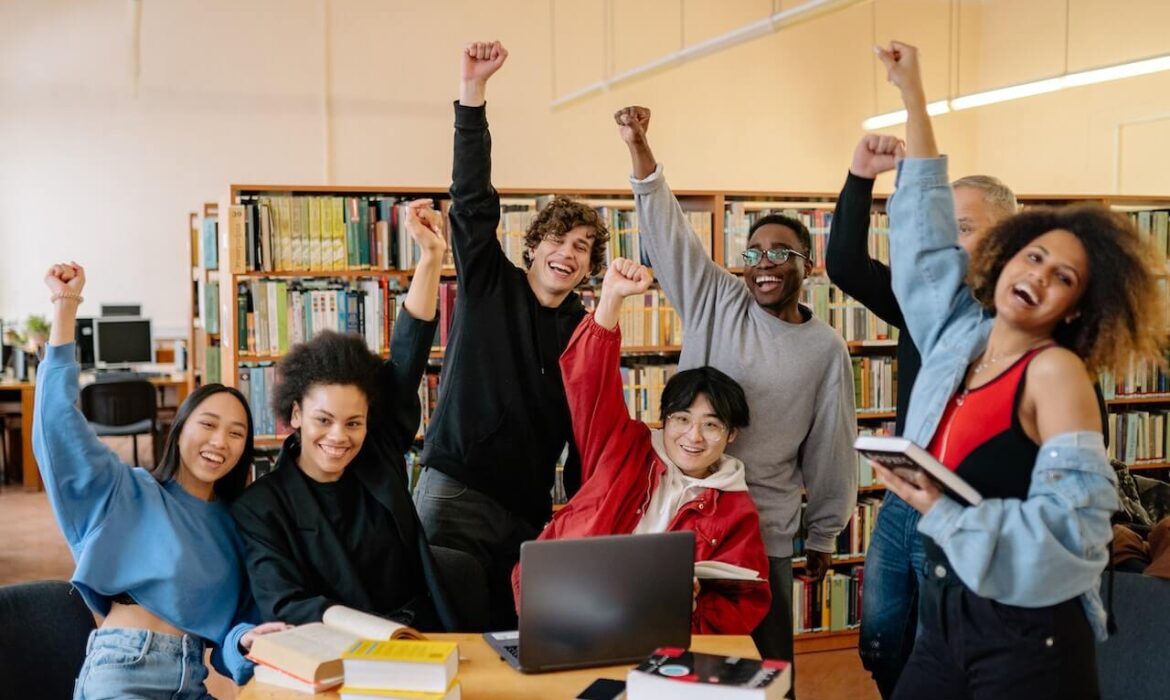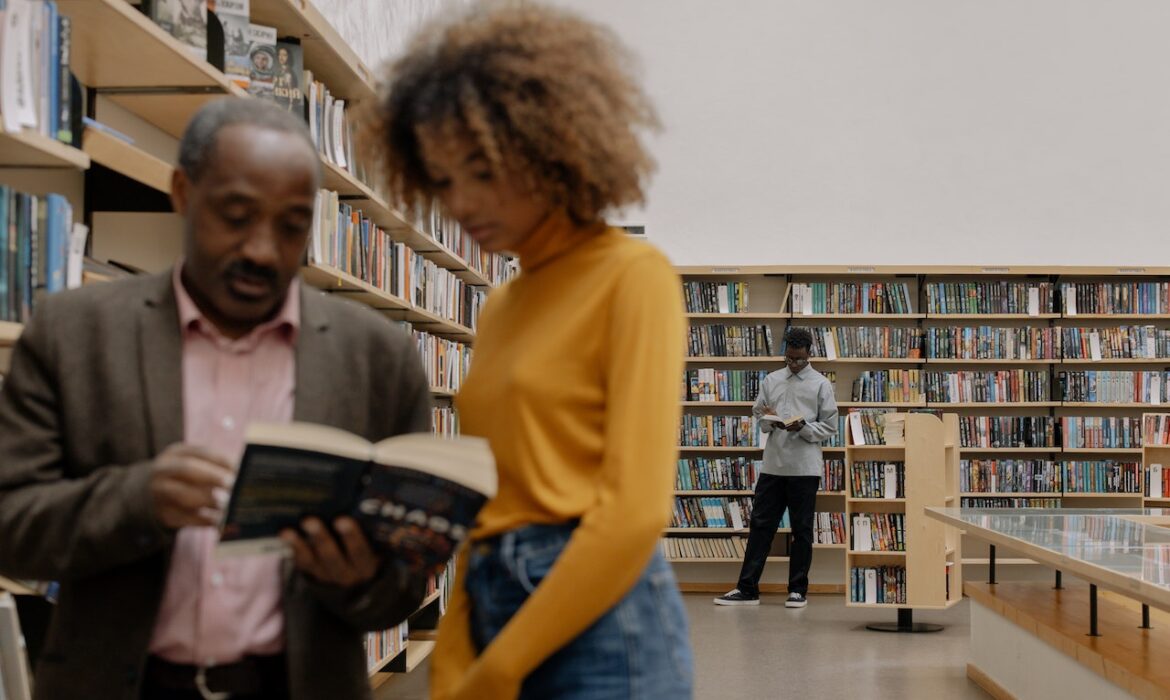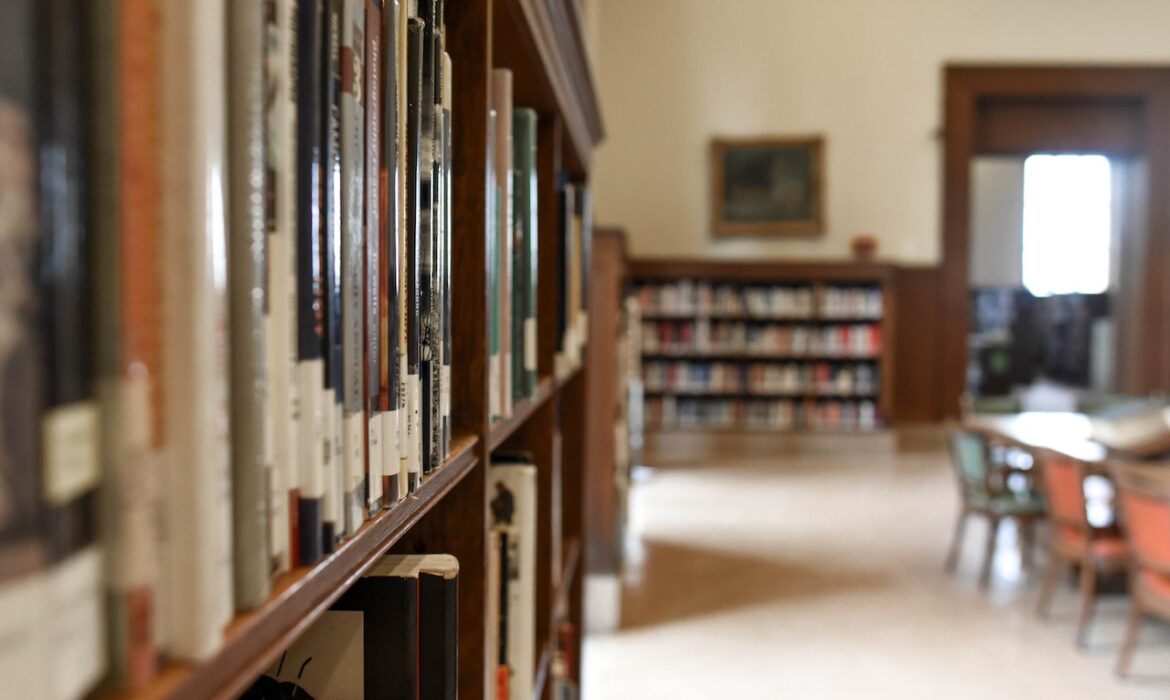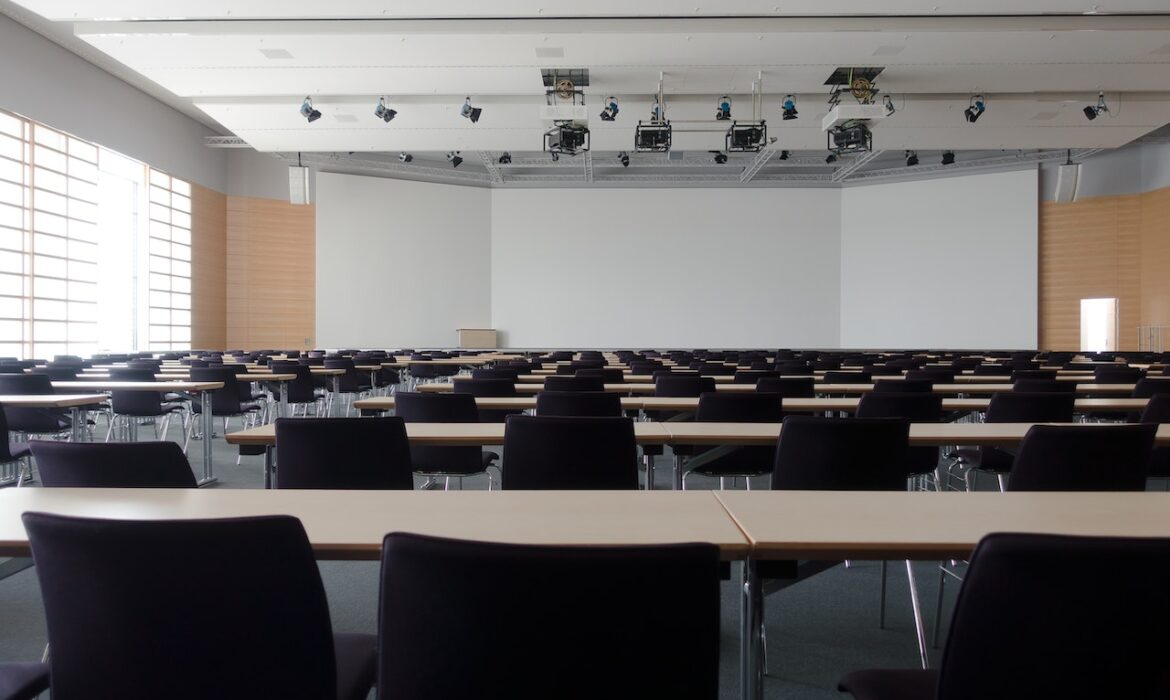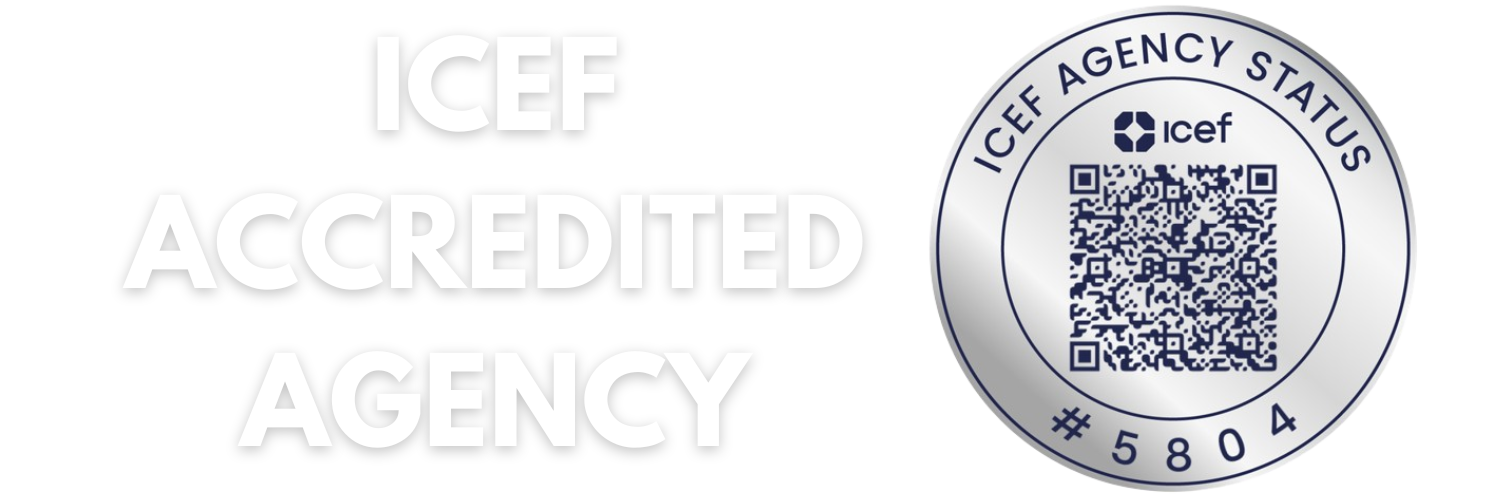The Impact of Arts Education on Student Development
Arts education, encompassing visual arts, music, theater, and dance, plays a crucial role in the holistic development of students. It enhances creativity, critical thinking, and emotional expression, contributing to academic success and personal growth.
One of the key benefits of arts education is the enhancement of creativity. Engaging in artistic activities encourages students to think outside the box, explore new ideas, and experiment with different forms of expression. This creative mindset is valuable not only in the arts but also in problem-solving and innovation across various fields.
Arts education also develops critical thinking and analytical skills. When creating or interpreting art, students learn to observe, analyze, and make informed judgments. They develop an appreciation for different perspectives and the ability to think deeply about complex issues. These skills are transferable to other academic subjects and real-world situations.
Emotional expression is another important aspect of arts education. Artistic activities provide a safe and constructive outlet for students to express their emotions, thoughts, and experiences. This can enhance self-awareness, empathy, and emotional regulation. Participation in the arts has been linked to improved mental health, as it helps reduce stress and anxiety and promotes a sense of well-being.
Moreover, arts education contributes to academic success. Studies have shown that students who participate in arts programs tend to have higher grades, better attendance, and improved graduation rates. The skills developed through arts education, such as discipline, perseverance, and collaboration, are essential for academic achievement and lifelong learning.
Arts education also fosters cultural awareness and appreciation. Students are exposed to diverse artistic traditions and cultural histories, promoting respect and understanding for different cultures. This multicultural perspective is essential in our increasingly globalized world.
Despite its many benefits, arts education often faces challenges such as budget cuts, limited resources, and undervaluation in the education system. To address these issues, schools and communities must advocate for and invest in arts programs. Partnerships with local arts organizations, integration of arts into other subjects, and support for arts educators can help ensure that all students have access to quality arts education.
By recognizing the importance of the arts in education and providing opportunities for students to engage in artistic activities, we can support their holistic development and prepare them for a successful and fulfilling future.
The Impact of Arts Education on Student Development
Arts education, encompassing visual arts, music, theater, and dance, plays a crucial role in the holistic development of students. It enhances creativity, critical thinking, and emotional expression, contributing to academic success and personal growth.
One of the key benefits of arts education is the enhancement of creativity. Engaging in artistic activities encourages students to think outside the box, explore new ideas, and experiment with different forms of expression. This creative mindset is valuable not only in the arts but also in problem-solving and innovation across various fields.
Arts education also develops critical thinking and analytical skills. When creating or interpreting art, students learn to observe, analyze, and make informed judgments. They develop an appreciation for different perspectives and the ability to think deeply about complex issues. These skills are transferable to other academic subjects and real-world situations.
Emotional expression is another important aspect of arts education. Artistic activities provide a safe and constructive outlet for students to express their emotions, thoughts, and experiences. This can enhance self-awareness, empathy, and emotional regulation. Participation in the arts has been linked to improved mental health, as it helps reduce stress and anxiety and promotes a sense of well-being.
Moreover, arts education contributes to academic success. Studies have shown that students who participate in arts programs tend to have higher grades, better attendance, and improved graduation rates. The skills developed through arts education, such as discipline, perseverance, and collaboration, are essential for academic achievement and lifelong learning.
Arts education also fosters cultural awareness and appreciation. Students are exposed to diverse artistic traditions and cultural histories, promoting respect and understanding for different cultures. This multicultural perspective is essential in our increasingly globalized world.\
Despite its many benefits, arts education often faces challenges such as budget cuts, limited resources, and undervaluation in the education system. To address these issues, schools and communities must advocate for and invest in arts programs. Partnerships with local arts organizations, integration of arts into other subjects, and support for arts educators can help ensure that all students have access to quality arts education.
By recognizing the importance of the arts in education and providing opportunities for students to engage in artistic activities, we can support their holistic development and prepare them for a successful and fulfilling future.
The Impact of Arts Education on Student Development
Arts education, encompassing visual arts, music, theater, and dance, plays a crucial role in the holistic development of students. It enhances creativity, critical thinking, and emotional expression, contributing to academic success and personal growth.
One of the key benefits of arts education is the enhancement of creativity. Engaging in artistic activities encourages students to think outside the box, explore new ideas, and experiment with different forms of expression. This creative mindset is valuable not only in the arts but also in problem-solving and innovation across various fields.
Arts education also develops critical thinking and analytical skills. When creating or interpreting art, students learn to observe, analyze, and make informed judgments. They develop an appreciation for different perspectives and the ability to think deeply about complex issues. These skills are transferable to other academic subjects and real-world situations.
Emotional expression is another important aspect of arts education. Artistic activities provide a safe and constructive outlet for students to express their emotions, thoughts, and experiences. This can enhance self-awareness, empathy, and emotional regulation. Participation in the arts has been linked to improved mental health, as it helps reduce stress and anxiety and promotes a sense of well-being.
Moreover, arts education contributes to academic success. Studies have shown that students who participate in arts programs tend to have higher grades, better attendance, and improved graduation rates. The skills developed through arts education, such as discipline, perseverance, and collaboration, are essential for academic achievement and lifelong learning.
Arts education also fosters cultural awareness and appreciation. Students are exposed to diverse artistic traditions and cultural histories, promoting respect and understanding for different cultures. This multicultural perspective is essential in our increasingly globalized world.
Despite its many benefits, arts education often faces challenges such as budget cuts, limited resources, and undervaluation in the education system. To address these issues, schools and communities must advocate for and invest in arts programs. Partnerships with local arts organizations, integration of arts into other subjects, and support for arts educators can help ensure that all students have access to quality arts education.
By recognizing the importance of the arts in education and providing opportunities for students to engage in artistic activities, we can support their holistic development and prepare them for a successful and fulfilling future.
The Impact of Arts Education on Student Development
Arts education, encompassing visual arts, music, theater, and dance, plays a crucial role in the holistic development of students. It enhances creativity, critical thinking, and emotional expression, contributing to academic success and personal growth.
One of the key benefits of arts education is the enhancement of creativity. Engaging in artistic activities encourages students to think outside the box, explore new ideas, and experiment with different forms of expression. This creative mindset is valuable not only in the arts but also in problem-solving and innovation across various fields.
Arts education also develops critical thinking and analytical skills. When creating or interpreting art, students learn to observe, analyze, and make informed judgments. They develop an appreciation for different perspectives and the ability to think deeply about complex issues. These skills are transferable to other academic subjects and real-world situations.
Emotional expression is another important aspect of arts education. Artistic activities provide a safe and constructive outlet for students to express their emotions, thoughts, and experiences. This can enhance self-awareness, empathy, and emotional regulation. Participation in the arts has been linked to improved mental health, as it helps reduce stress and anxiety and promotes a sense of well-being.
Moreover, arts education contributes to academic success. Studies have shown that students who participate in arts programs tend to have higher grades, better attendance, and improved graduation rates. The skills developed through arts education, such as discipline, perseverance, and collaboration, are essential for academic achievement and lifelong learning.
Arts education also fosters cultural awareness and appreciation. Students are exposed to diverse artistic traditions and cultural histories, promoting respect and understanding for different cultures. This multicultural perspective is essential in our increasingly globalized world.
Despite its many benefits, arts education often faces challenges such as budget cuts, limited resources, and undervaluation in the education system. To address these issues, schools and communities must advocate for and invest in arts programs. Partnerships with local arts organizations, integration of arts into other subjects, and support for arts educators can help ensure that all students have access to quality arts education.
By recognizing the importance of the arts in education and providing opportunities for students to engage in artistic activities, we can support their holistic development and prepare them for a successful and fulfilling future.
The Impact of Arts Education on Student Development
Arts education, encompassing visual arts, music, theater, and dance, plays a crucial role in the holistic development of students. It enhances creativity, critical thinking, and emotional expression, contributing to academic success and personal growth.
One of the key benefits of arts education is the enhancement of creativity. Engaging in artistic activities encourages students to think outside the box, explore new ideas, and experiment with different forms of expression. This creative mindset is valuable not only in the arts but also in problem-solving and innovation across various fields.
Arts education also develops critical thinking and analytical skills. When creating or interpreting art, students learn to observe, analyze, and make informed judgments. They develop an appreciation for different perspectives and the ability to think deeply about complex issues. These skills are transferable to other academic subjects and real-world situations.
Emotional expression is another important aspect of arts education. Artistic activities provide a safe and constructive outlet for students to express their emotions, thoughts, and experiences. This can enhance self-awareness, empathy, and emotional regulation. Participation in the arts has been linked to improved mental health, as it helps reduce stress and anxiety and promotes a sense of well-being.
Moreover, arts education contributes to academic success. Studies have shown that students who participate in arts programs tend to have higher grades, better attendance, and improved graduation rates. The skills developed through arts education, such as discipline, perseverance, and collaboration, are essential for academic achievement and lifelong learning.
Arts education also fosters cultural awareness and appreciation. Students are exposed to diverse artistic traditions and cultural histories, promoting respect and understanding for different cultures. This multicultural perspective is essential in our increasingly globalized world.
Despite its many benefits, arts education often faces challenges such as budget cuts, limited resources, and undervaluation in the education system. To address these issues, schools and communities must advocate for and invest in arts programs. Partnerships with local arts organizations, integration of arts into other subjects, and support for arts educators can help ensure that all students have access to quality arts education.
By recognizing the importance of the arts in education and providing opportunities for students to engage in artistic activities, we can support their holistic development and prepare them for a successful and fulfilling future.
The Impact of Arts Education on Student Development
Arts education, encompassing visual arts, music, theater, and dance, plays a crucial role in the holistic development of students. It enhances creativity, critical thinking, and emotional expression, contributing to academic success and personal growth.
One of the key benefits of arts education is the enhancement of creativity. Engaging in artistic activities encourages students to think outside the box, explore new ideas, and experiment with different forms of expression. This creative mindset is valuable not only in the arts but also in problem-solving and innovation across various fields.
Arts education also develops critical thinking and analytical skills. When creating or interpreting art, students learn to observe, analyze, and make informed judgments. They develop an appreciation for different perspectives and the ability to think deeply about complex issues. These skills are transferable to other academic subjects and real-world situations.
Emotional expression is another important aspect of arts education. Artistic activities provide a safe and constructive outlet for students to express their emotions, thoughts, and experiences. This can enhance self-awareness, empathy, and emotional regulation. Participation in the arts has been linked to improved mental health, as it helps reduce stress and anxiety and promotes a sense of well-being.
Moreover, arts education contributes to academic success. Studies have shown that students who participate in arts programs tend to have higher grades, better attendance, and improved graduation rates. The skills developed through arts education, such as discipline, perseverance, and collaboration, are essential for academic achievement and lifelong learning.
Arts education also fosters cultural awareness and appreciation. Students are exposed to diverse artistic traditions and cultural histories, promoting respect and understanding for different cultures. This multicultural perspective is essential in our increasingly globalized world.
Despite its many benefits, arts education often faces challenges such as budget cuts, limited resources, and undervaluation in the education system. To address these issues, schools and communities must advocate for and invest in arts programs. Partnerships with local arts organizations, integration of arts into other subjects, and support for arts educators can help ensure that all students have access to quality arts education.
By recognizing the importance of the arts in education and providing opportunities for students to engage in artistic activities, we can support their holistic development and prepare them for a successful and fulfilling future.
The Benefits of Physical Education in Schools
Physical education (PE) plays a vital role in the overall development of students. It promotes physical health, mental well-being, and social skills, making it an essential component of a well-rounded education.
One of the primary benefits of PE is the promotion of physical health. Regular physical activity helps students maintain a healthy weight, build strong muscles and bones, and improve cardiovascular health. It also reduces the risk of chronic diseases such as obesity, diabetes, and heart disease. By instilling healthy habits early on, PE sets the foundation for a lifetime of physical fitness.
PE also contributes to mental well-being. Physical activity has been shown to reduce symptoms of anxiety and depression, improve mood, and boost self-esteem. It enhances cognitive function, leading to better concentration, memory, and academic performance. PE provides a much-needed break from academic pressures, allowing students to release stress and recharge.
Socially, PE fosters teamwork, cooperation, and communication skills. Students learn to work together, follow rules, and respect others. Team sports and group activities promote a sense of belonging and camaraderie, helping students develop positive relationships and social skills that are essential for success in and out of school.
Furthermore, PE can help students develop important life skills such as goal-setting, perseverance, and leadership. Through physical challenges and competitions, students learn to set goals, work towards achieving them, and handle both success and failure. These experiences build resilience and a growth mindset, preparing students for future challenges.
Despite its many benefits, PE often faces challenges such as limited funding, inadequate facilities, and competing academic priorities. To address these issues, schools and communities must prioritize and support PE programs. This can involve investing in facilities and equipment, training PE teachers, and integrating physical activity into the broader school curriculum.
By recognizing the importance of physical education and ensuring that all students have access to quality PE programs, we can promote healthier, happier, and more successful students. Physical education is not just about fitness; it is about nurturing the physical, mental, and social well-being of the next generation.
The Role of Technology in Education
The internet has revolutionized the way we live, work, and communicate. Its history and evolution are fascinating, reflecting significant technological advancements and societal changes over the past few decades.
The origins of the internet can be traced back to the 1960s, when the U.S. Department of Defense’s Advanced Research Projects Agency (ARPA) developed ARPANET, a network designed to facilitate communication between research institutions. ARPANET used packet-switching technology, which allowed data to be broken into smaller packets and transmitted over various paths before being reassembled at the destination.
In the 1970s, the development of the Transmission Control Protocol/Internet Protocol (TCP/IP) standardized communication between different networks, paving the way for the modern internet. By the 1980s, ARPANET had expanded to include a broader range of academic and research institutions, and the term “internet” began to be used to describe this interconnected network.
The 1990s saw the internet transition from a tool for researchers to a global phenomenon. The introduction of the World Wide Web (WWW) by Tim Berners-Lee in 1991 made the internet more accessible and user-friendly. The development of web browsers like Mosaic and Netscape Navigator enabled users to navigate the web and access information with ease.
During this period, the internet experienced exponential growth. Websites, email, and online services became increasingly popular, and the dot-com boom of the late 1990s saw a surge in internet-based businesses. Despite the subsequent dot-com bust, the internet continued to evolve and expand.
The 2000s and 2010s brought further advancements and increased connectivity. Broadband internet, wireless networks, and mobile devices allowed people to access the internet anytime and anywhere. Social media platforms, e-commerce, and streaming services transformed how we interact, shop, and consume content.
The Benefits of Learning a Second Language
Learning a second language offers numerous cognitive, academic, and social benefits. In today’s globalized world, being bilingual or multilingual can open doors to diverse opportunities and enrich personal experiences.
Cognitively, learning a second language enhances brain function. Studies have shown that bilingual individuals have better problem-solving skills, improved memory, and greater mental flexibility. The process of learning and switching between languages strengthens the brain’s executive control system, which manages attention and task switching.
Academically, students who learn a second language often perform better in other subjects. Learning a new language improves reading and writing skills, as well as overall academic achievement. It also enhances understanding of one’s native language, as students become more aware of grammar, vocabulary, and language structures.
Socially, being able to speak a second language fosters cross-cultural communication and understanding. It allows individuals to connect with people from different backgrounds, promoting empathy and cultural awareness. In a multicultural society, these skills are invaluable for building relationships and fostering inclusivity.
Furthermore, learning a second language can provide significant career advantages. Many employers value bilingual or multilingual employees for their ability to communicate with a diverse clientele and navigate international markets. It can lead to job opportunities in fields such as translation, diplomacy, tourism, and international business.
Starting language learning at a young age is ideal, as children are more adept at picking up new languages. However, it’s never too late to learn. There are many resources available, from language classes and online courses to language exchange programs and travel opportunities.
Incorporating language learning into the education system and encouraging lifelong learning can help individuals and societies reap the many benefits of being bilingual or multilingual. By embracing language learning, we can enhance cognitive abilities, academic success, social connections, and career prospects.
Understanding the Water Cycle
The water cycle, also known as the hydrological cycle, is a continuous process by which water moves through the Earth’s atmosphere, surface, and subsurface. It is essential for maintaining life on our planet, influencing weather patterns, and supporting ecosystems.
The water cycle consists of several key processes: evaporation, condensation, precipitation, infiltration, and runoff. Evaporation occurs when water from oceans, rivers, lakes, and other bodies of water turns into water vapor due to the sun’s heat. Plants also contribute to evaporation through a process called transpiration, where water is released from leaves into the atmosphere.
As the water vapor rises, it cools and condenses to form clouds in a process known as condensation. These clouds are made up of tiny droplets of water or ice crystals. When these droplets combine and grow larger, they eventually fall to the Earth as precipitation, which can be in the form of rain, snow, sleet, or hail.
Once precipitation reaches the ground, it can take several paths. Some of it infiltrates the soil, replenishing groundwater supplies. This groundwater can eventually make its way to rivers, lakes, and oceans. The remaining water flows over the land as runoff, returning to larger bodies of water and completing the cycle.
Understanding the water cycle is crucial for managing water resources, predicting weather, and addressing environmental challenges such as droughts and floods. It highlights the interconnectedness of Earth’s systems and the importance of conserving our precious water resources.
Educators can engage students in hands-on activities like building models of the water cycle, conducting experiments to observe evaporation and condensation, and exploring local water bodies to understand the cycle’s impact on their community. By fostering a deeper understanding of the water cycle, we can inspire the next generation to protect and preserve our planet’s water resources.
